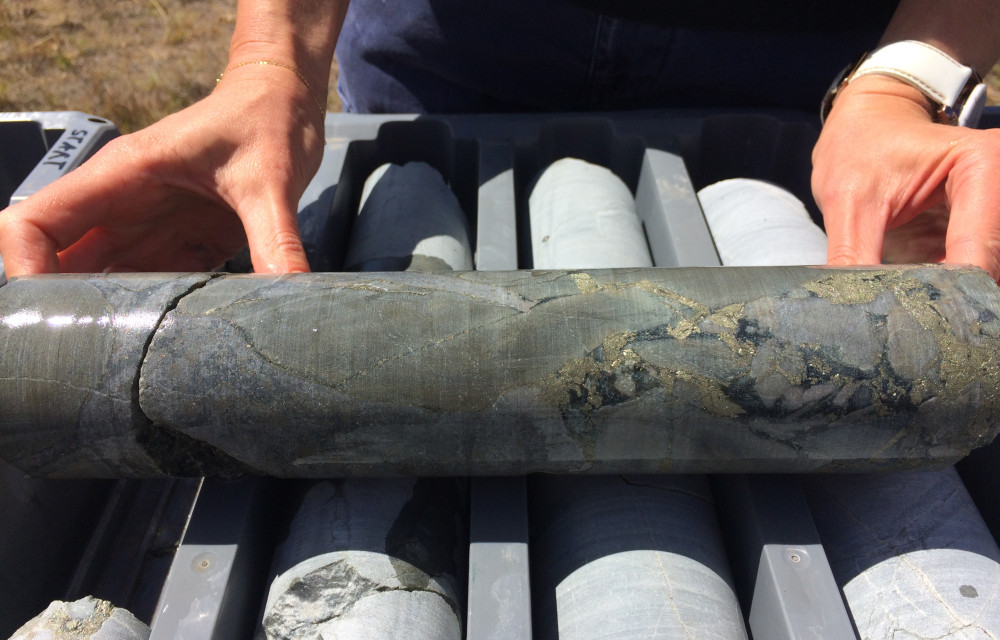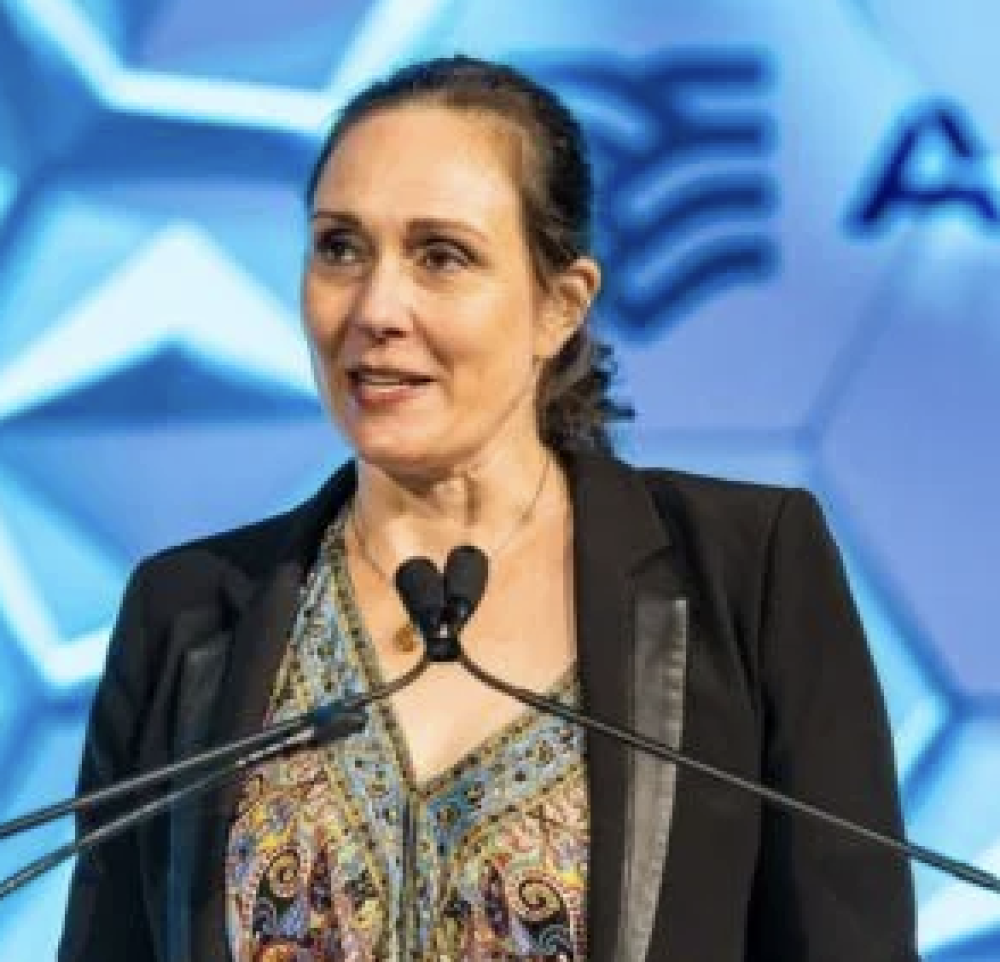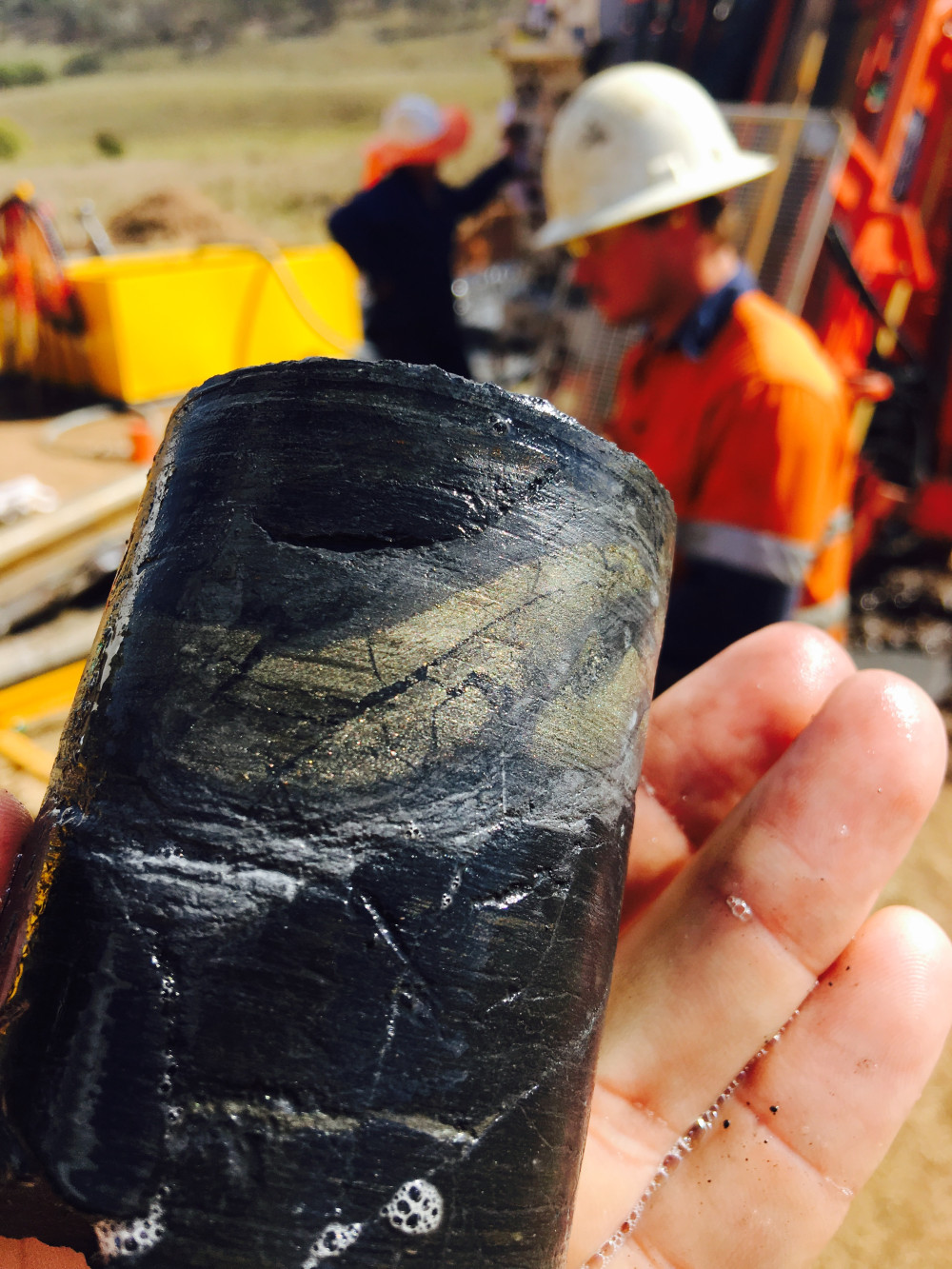Drilling gets smart as on-rig analysis turns drill rigs into mobile labs powering Australia’s critical-minerals boom


, , , , , ,
, ,
, , , , , , , , , , , ,
If you think the most exciting innovations in critical-minerals exploration are happening in labs or boardrooms, you might want to take another look at the drill pad. According to Dr Helen Degeling, Technical Director, Geoscience and Sustainability at Mining3, the next breakthrough in how we find, assess, and value critical minerals could come from a far dustier place - the rig itself.
“Drilling is where everything starts,” Helen explains to The Rock Wrangler. “You can’t find or define anything without it. We’ve spent years talking about downstream value-adding, but there’s huge untapped value in what happens upstream - literally at the hole.”
That perspective carries weight. Helen’s career straddles exploration geology, government geoscience, and sustainability leadership. Before joining Mining3 earlier this year, she managed the ReMine Plus program for Cobalt Blue Holdings, focusing on extracting battery metals from mine waste. Before that, she led the Minerals Geoscience Division at the Geological Survey of Queensland. Her blend of field experience, data literacy, and policy insight gives her a panoramic view of how Australia’s mining ecosystem can evolve.

Where drilling meets geopolitics
Talk to Helen for five minutes and you realise she doesn’t see “critical minerals” as a geochemical category - it’s a geopolitical mood ring.
“Critical minerals aren’t just about the energy transition anymore,” she explains. “They’re about national security, supply-chain control, and who holds the keys to manufacturing. With the new U.S. administration’s pivot toward defence spending, we’re seeing less focus on clean-energy applications and more on strategic materials like antimony, tungsten, and gallium.”
In other words, the global commodity spotlight is moving. Lithium and rare earths remain headline acts, but the supporting cast is getting crowded. “A fighter jet contains hundreds of kilograms of rare earths,” Helen says, “and suddenly every nation wants its own supply chain for them.”
That shift matters because it changes how and what gets drilled. “Most critical minerals aren’t mined as primary commodities,” she says. “They’re by-products. The deposits are smaller, more complex, and require far denser drilling per tonne of ore to define economically. In that sense, the workload looks more like gold than bulk commodities. It’s data-intensive, and that’s where the real opportunity for drillers lies.”
The million-dollar question: what if the lab came to the rig?
Helen’s core message to mining professionals is deceptively simple: the future of critical-minerals exploration depends on bringing the lab to the field.
“Twenty years ago, an explorer might analyse five elements per sample,” she says. “Now, if you’re looking for the full suite of criticals - the rare earths, gallium, germanium, antimony, lithium - you’re talking 30 or more elements. The lab costs are enormous.”
Her solution? “Don’t send everything to the lab. Build analytical capability into the drilling operation itself.”
That could mean containerised field laboratories, handheld LIBS or pXRF units, or downhole sensors feeding data in real time. “It’s not just about speed,” Helen says. “It’s about integration. If you can get near-real-time chemistry at the rig, you can make smarter drilling decisions, shorten turnaround times, and reduce the number of redundant holes.”
It’s also a commercial opportunity. “Drillers could own more of the analytical process,” she adds. “Instead of just billing for metres, you’re billing for insight. You’re capturing more of the value chain. It’s like on-shoring manufacturing - but for samples.”
Helen doesn’t understate the challenge. “Most of the analytical instruments we use were designed for labs - air-conditioned, power-stable, dust-free environments. Field conditions are brutal. We need partnerships between drillers and technology developers to make these systems truly fit for purpose.”
Tailings: the new frontier that looks a lot like the old one
Mining3’s research portfolio has a strong sustainability focus, and Helen’s own work has increasingly revolved around one question: how do we get more value out of what we’ve already mined? Her answer often starts with a drill bit.
“When you’re drilling tailings or waste rock, people talk about sonic drilling, but I’m a big believer in the good old diamond drilling setup,” she says. “You’re dealing with unconsolidated material that’s been processed, dumped, and sometimes oxidised. You still need accurate, metre-by-metre samples, not homogenised sludge.”
She points to the Century Mine example, where New Century Resources re-drilled tailings using diamond rigs to build a reliable resource model. They used a combined triple tube-push tube technique to ensure sample recovery. “Tailings can tell you a lot about the evolution of a processing plant - changes in technology, ownership, recovery methods - and all that variation needs to be captured. You can’t get that precision without the right drilling approach.”
QA/QC for the elements nobody wrote standards for
When it comes to analytical quality control, Helen argues that critical-minerals exploration has entered uncharted territory. “Most certified reference materials were developed for gold, copper, or zinc,” she says. “We don’t have a big catalogue of standards for things like gallium, antimony, or some of the rare earths. That’s a major gap.”
Until those standards exist, awareness and adaptation are key. “If you’re drilling for tungsten but using tungsten-carbide bits, you’ve already contaminated your sample,” she says. “It’s the kind of detail that can destroy data integrity if you’re not thinking about it.”
Lithium presents its own headaches. “Hard-rock lithium is light and reactive. It demands tailored QA/QC and careful sample handling. You can’t just apply gold protocols and call it a day.”
ESG: the parts we forget to measure
Helen has a pragmatic view of ESG. “We say ESG, but we mostly mean the E,” she says. “The S and G matter just as much - the relationships with traditional owners, landholders, and local communities, and the systems we have to prove we’re doing what we say.”
She gives the drilling industry some credit here. “Australian drillers are ahead of the curve on water recycling, dust control, and noise management. The next step is proving it - collecting, tracking, and sharing those metrics transparently.”
And with global sentiment shifting, she warns that ESG performance may soon define contract eligibility. “For critical-minerals supply chains, traceability isn’t a buzzword anymore. It’s a requirement. If you can demonstrate low-impact, high-accountability drilling, you’ll be the preferred contractor.”
Automate, adapt, and survive
Asked where the biggest technology gaps lie, Helen doesn’t hesitate. “Rig-based analysis, automation, and digital core logging,” she says. “These are the levers that will make us faster, safer, and more competitive.”
Australia’s high operating costs, she argues, make automation not a luxury but a necessity. “We’re an expensive country - labour, power, regulation. If we want more of the value chain onshore, we need to automate intelligently. Taking people out of harm’s way doesn’t mean losing jobs; it means changing them.”
Power, dust, and the road to decarbonisation
Decarbonising the drill spread is another area where Helen’s realism shines through. “The short-term wins are in smarter power management,” she says. “Know which rigs and which operators use energy most efficiently, and why. You can cut fuel costs before you even change technology.”
In the medium term, she sees hybrid and hydrogen-assisted rigs as transitional solutions. “Dust is still a problem for electric components in remote environments,” she says. “Hydrogen injection might bridge that gap until electrification fully matures. The point is not to wait for perfect technology - start improving now.”

Policy, juniors, and the tailings paradox
Having spent years inside government, Helen understands the regulatory friction points that slow exploration. “We talk about urgency - the world needs these minerals now - but the approvals process hasn’t caught up,” she says. “Streamlining exploration and drilling permits through automation could make a massive difference.”
She’s equally vocal about support for smaller players. “Critical-minerals exploration is dominated by juniors, and they’re cash-poor. When prices crash, projects stall. We need mechanisms to help them keep drilling through the cycles, because that’s where new discoveries come from.”
Her other policy priority: rethink how we regulate tailings. “Old mine sites hold incredible potential for critical minerals that were ignored decades ago. But the moment a company touches an old site, they inherit all its liabilities. That’s a huge deterrent. Governments need to share that risk if they want to see remediation and re-mining happen.”
The smarter end of the rod
At its heart, Helen’s message is that drilling isn’t just a means to an end - it’s the foundation of everything Australia hopes to achieve in the critical-minerals era.
“As the industry evolves, drillers will evolve with it,” she says. “Real-time data, automation, on-rig analytics - these aren’t science fiction. They’re next season’s tender requirements.”
For those still viewing drilling as a transactional service, Helen offers a friendly warning: “You can either be the person turning the rod, or the one turning the data into decisions. The smart drillers will do both.”
